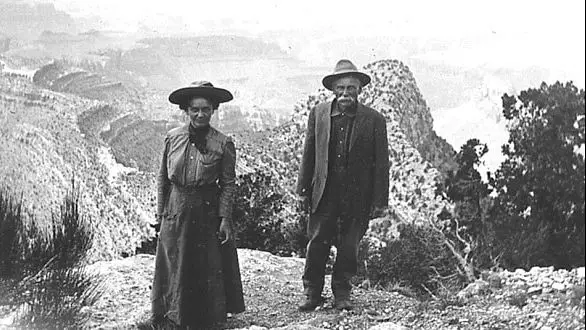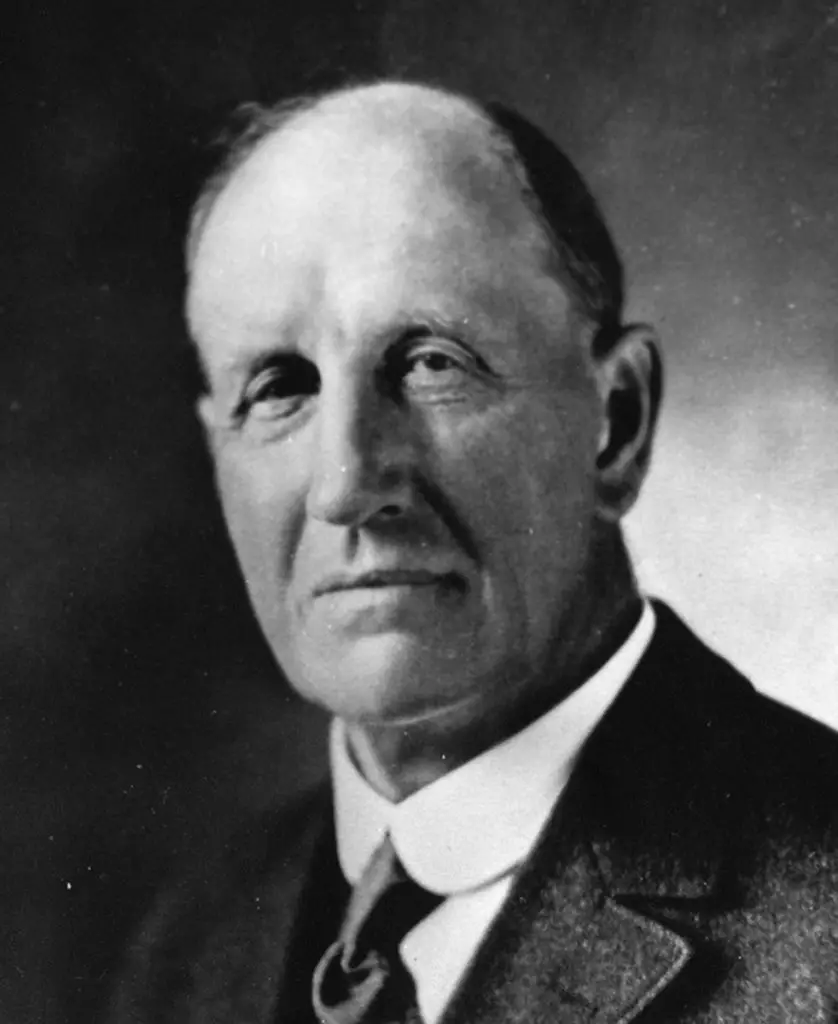Nestled in the rugged landscapes of Arizona, the city of Prescott carries a rich and diverse history that’s deeply intertwined with its vibrant cultural identity. How Prescott’s history has shaped its cultural identity is not just a tale of events and characters but a living narrative that continues to evolve.

From the traditions of indigenous tribes to the impact of modernization, this city’s past offers a captivating look into the formation of a unique community. This article explores the various historical phases of Prescott, unearthing the essence of its cultural fabric.
The Indigenous Era
Prescott’s story begins with its earliest inhabitants, the indigenous tribes that thrived in the region. Their spiritual beliefs, community structures, and relationship with nature set the foundational cultural tone for the area.
The Yavapai and other Native tribes played a vital role in shaping Prescott’s original cultural landscape. Their traditions in art, music, and storytelling are still reflected in contemporary Prescott’s cultural festivals and educational programs. The Sharlot Hall Museum offers a glimpse into these indigenous cultures through exhibits and events.
The encounter with early European explorers brought about significant changes. This interaction opened the door to a fusion of beliefs and practices, enriching the local culture while also leading to conflict and displacement. The relationship between native tribes and settlers is a complex subject, studied extensively by historians like James E. Officer, whose work sheds light on this transformative period.
Early Settlement and Colonial Influence
With the dawn of the colonial era, Prescott witnessed a wave of new settlers who brought with them a myriad of European traditions and practices. The cultural shift was immense, and the impact is still felt in Prescott’s architecture, language, and social norms.
The founding of Prescott in 1864 was a landmark event that marked the city’s transformation from a tribal region to a burgeoning settlement. The influence of European culture was evident in architecture, laws, and societal structures. Prescott’s historic Whiskey Row is a living testament to this era, showcasing architectural styles that reflect the blend of cultures.
Economic and social development during the colonial era laid the groundwork for Prescott’s future growth. Agriculture, mining, and trade became central to the community’s livelihood. The establishment of schools and civic institutions further solidified Prescott’s place in Arizona’s development. The Prescott Chamber of Commerce provides resources that delve into the business history and the city’s growth during this period.
Gold Rush and Economic Boom
The discovery of gold in Prescott marked a pivotal point in its history. The allure of fortune ignited a gold rush that reshaped the city’s cultural and social fabric, injecting a sense of excitement and opportunity.
During the gold rush, Prescott saw an influx of immigrants from various backgrounds. This blend of cultures created a melting pot where traditions and practices intermingled, giving birth to a distinctive local culture. The Goldwater Lake area stands as a reminder of the rich mining history that once dominated the region.

The economic prosperity brought on by mining also led to socioeconomic changes. New businesses flourished, creating a robust economy and promoting cultural evolution. The architecture, entertainment, and social dynamics of Prescott shifted in response to this newfound wealth.
The legacy of the gold rush era still resonates in contemporary Prescott. From annual events celebrating mining heritage to museums housing relics of the past, the gold rush continues to be a vital part of the city’s identity.
The Civil War Era
Prescott’s history during the Civil War is filled with political intrigue, conflict, and cultural transformation. The city’s role in this tumultuous period played a significant part in shaping its cultural identity.
During the Civil War, Prescott found itself at the crossroads of political ideologies and social change. Its alignment with the Union and the debates that ensued influenced not only political affiliations but also cultural perspectives. The Arizona Historical Society offers a comprehensive look at this period through its collection and archives.
Cultural shifts were palpable as the war impacted daily life in Prescott. Social norms, artistic expressions, and even culinary preferences were influenced by wartime circumstances. The reconstruction era following the war brought about reform and change that would lay the foundation for future cultural developments.
The 20th Century: Modernization and Growth
The 20th century ushered in an era of modernization and growth for Prescott. From the rise of industry to cultural movements, this century was a defining time for the city.
Industrialization brought about a revolution in Prescott’s economic landscape. Factories, transportation networks, and technological advancements transformed daily life. The rise of industries such as timber and ranching shaped the city’s culture, influencing everything from fashion to social activities. The Prescott Heritage Park Zoo showcases the local fauna that played a role in these industries.
Alongside industrial growth, Prescott also witnessed significant cultural movements. The Women’s Suffrage movement, the Roaring Twenties, and the artistic renaissance of the mid-century all left their mark on Prescott’s cultural evolution. The Phippen Museum explores Western art, a prominent aspect of Prescott’s cultural expression during this time.

World War I and II had profound effects on Prescott’s cultural identity as well. The community’s involvement in wartime efforts, both abroad and on the home front, instilled a sense of patriotism and civic duty that continues to be celebrated in local events and memorials.
Post-war Era and the Rise of Popular Culture
The post-war era marked a time of economic prosperity and cultural growth for Prescott. As the city enjoyed the benefits of peace and economic stability, new cultural trends began to emerge, reflecting the optimism of the time.
Suburbanization played a significant role in shaping Prescott’s cultural landscape during this period. The development of new neighborhoods and commercial areas facilitated a shift in social dynamics and community engagement. Places like the Prescott Gateway Mall became centers of leisure and entertainment, cultivating a vibrant cultural scene.
Arts and entertainment flourished in Prescott, with the rise of theater, music, and visual arts. The influence of national trends in music, fashion, and pop culture resonated in the local community, creating a lively and modern cultural identity. Venues such as the Elks Theatre & Performing Arts Center became hubs for cultural expression and community connection.
The emergence of distinctive cultural traits, from local culinary delights to unique artistic styles, celebrated Prescott’s heritage while embracing modern influences. This era solidified the city’s place in Arizona’s cultural map and laid the foundation for future growth.
Contemporary Prescott: A Cultural Mosaic
In recent years, Prescott’s cultural identity has blossomed into a mosaic of diverse traditions and innovative expressions. The city’s history has come full circle, embracing its roots while forging ahead with new ideas.
Multiculturalism has become a defining aspect of Prescott’s cultural landscape. The city’s commitment to inclusivity and diversity is reflected in its festivals, community programs, and educational initiatives. Prescott’s Ethnic Food Fest is an example of how different cultures are celebrated and integrated into the local community.
The influence of technology on Prescott’s cultural identity cannot be understated. From digital art galleries to online community forums, technology has fostered new ways to connect and express cultural values. Organizations like the Launch Pad Teen Center are embracing technology to empower youth and encourage cultural exploration.

Community building remains at the heart of Prescott’s ongoing cultural evolution. Grassroots movements, volunteer organizations, and civic engagement are strengthening the bonds between residents and reinforcing a shared cultural identity. The resilience and creativity of Prescott’s people continue to shape a unique and vibrant community.
FAQs: How Prescott’s history has shaped its cultural identity
How has the Gold Rush era influenced Prescott’s modern culture?
The Gold Rush era brought a significant influx of diverse immigrants and economic prosperity to Prescott. This period cultivated a culture of entrepreneurial spirit and resilience, evident in modern business ventures. Community events, museums, and architectural remnants from the Gold Rush era also contribute to Prescott’s cultural identity, preserving the city’s rich mining history.
What were the primary cultural shifts that took place during the Civil War era in Prescott?
During the Civil War era, Prescott was marked by political shifts, alignment with the Union, and social change. Cultural perspectives were altered through political affiliations and wartime circumstances. The aftermath of the war, including the reconstruction era, brought about reform, changes in social norms, and laid the groundwork for future cultural developments.
How does the indigenous culture continue to shape contemporary Prescott?
Indigenous culture has a lasting impact on Prescott, with influences seen in local art, music, storytelling, and festivals. The values, traditions, and practices of the native tribes continue to be honored and integrated into modern cultural initiatives. Museums, educational programs, and community events foster the preservation and celebration of indigenous heritage.
What role has industrialization and modernization played in shaping the cultural identity of Prescott?
Industrialization and modernization ushered in technological advancements, economic growth, and a shift in societal roles within Prescott. The development of industries such as mining, timber, and ranching influenced various aspects of culture, including fashion, architecture, and entertainment. The transition to modern lifestyles, coupled with cultural movements in the 20th century, has molded Prescott’s dynamic cultural identity.
How has multiculturalism shaped the current cultural landscape of Prescott?
Multiculturalism is central to Prescott’s contemporary cultural identity, fostering a sense of inclusivity and community connection. Through festivals, culinary offerings, educational initiatives, and embracing diverse traditions, multiculturalism has enriched Prescott’s cultural mosaic. The city’s commitment to celebrating and integrating various cultures has created a vibrant and unique cultural landscape.
Conclusion
Prescott’s history is a living tapestry that weaves together diverse threads of culture, tradition, innovation, and community. From the deep roots of indigenous heritage to the dynamic pulse of contemporary life, Prescott’s story is a rich and multifaceted reflection of human experience.
The enduring impact of historical events on Prescott’s cultural identity is a testament to the city’s resilience and creativity. As we explore the streets, engage with the community, and delve into the arts, we come face to face with the essence of what makes Prescott truly unique.
Here’s to the ongoing journey of discovery and the celebration of a city that’s ever-evolving yet firmly rooted in its history.



Leave a Comment
You must be logged in to post a comment.